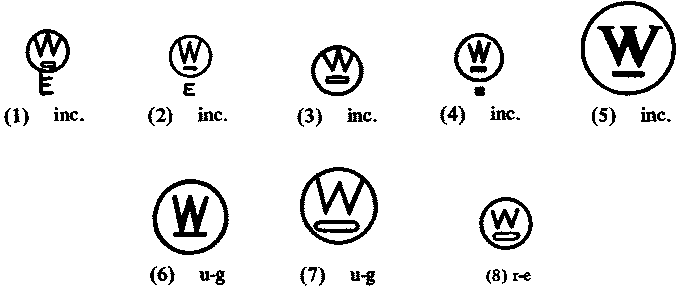
Markings Found on Porcelain Pin-Type Insulators
The list below shows the text version of various markings found on porcelain pin-type insulators. For markings on cleats, knobs, standard porcelain, and wall tubes, please those listings using the links at R=∞ Home under the subject "Other Insulators". Details and illustrations of each marking will be added at a later date.
MARKING TYPES
Not all combinations of markings were shown in the Value Guide, which was not intended to be a complete listing of marking types. All markings are incuse unless otherwise indicated. Marking methods on multipart porcelain insulators are too numerous to even discuss or keep records on, so most of the markings shown in multipart section of the Value Guide are either typical, unusual, or rare markings used on very old specimens.
Incuse: "Incuse" markings result from striking the leather-hard clay with a marking stamp which produces letters and/or designs cut into the surface.
Embossed: Very few porcelain insulators have the raised markings known as "embossed" markings. They typically are found on dry process insulators. The major exception is the "embossed" Ohio Brass trademark on the crown of their wet process insulators made from 1907 to about 1940. Most collectors use the term "embossed" when describing markings on porcelain insulators. This is a holdover from collecting glass insulators were nearly all markings are raised above the surface. Unfortunately, the use of "embossed" is so ingrained in our hobby that it is impossible to get people to change. Fortunately, few porcelain insulator styles (U-numbers) have both dry process specimens with an "embossed" marking and wet process specimens with one of the other marking types. The only embossed marking on multipart porcelain insulators is the typical (but much larger) "O-B" used by Ohio Brass on its unipart styles. It is wrong to describe "incuse", "u-g", "r‑e", or "s-b" markings as "embossed", and it leads to confusion for many serious collectors.
Recess-embossed (r-e): This is a pseudo-embossed marking obtained on wet process insulators by striking the damp clay body with a device that leaves raised letters on a recessed background.
Under-glaze Ink (u-g): This marking was obtained by using a rubber ink stamp to apply the ink mark on the dried insulator clay body before the glaze was applied. The ink would soak into the surface of the dried clay. The first use of this type of marking was on insulators made for Fred Locke by Electric Porcelain & Mfg. Co. from 1897 to 1900 and later at his factory in Victor, NY. Ink colors of black, blue, and green were used by that company. The use of the under-glaze ink marking was revived several decades later and can be found on modern specimens from several different manufacturers.
Over-glaze Ink (o-g): This marking was applied by using a rubber ink stamp to apply the mark on top of the dried glaze before the glaze was fired. A colored glaze was used to make to make the marking. Thomas is known to have applied this type of mark using using an orange glaze for certain QT multipart styles (example: M-2926 with o-g marking THOMAS / QT).
Sand-blast (s-b): Very few sand blast markings were indicated in the Value Guide because many collectors did not note marking types and there were few reports of "s-b" markings from those that did. This marking is applied by holding the finished insulator against the contoured head of a sandblast machine. This marking method was never widely used on uniparts. The only unipart insulators ever marked by sand blast were the Line Material and McGraw-Edison units made in the 1960's and 1970's at the Macomb, IL plant, and one used in 1980's by Ohio Brass on larger insulators.
Companies and Markings For more information on companies, go to the Companies list.
Akron High-Pontential Porcelain Co.: pin-type insulators 1903-07; taken over by Ohio Brass in 1907
American Electric Co. Inc.: Manufacturers of electrical supplies; sold U-188 circa 1929-1951

Automatic Electric Co. Inc.: Manufacturers of electrical supplies; sold original U-188 insulator circa 1925-1929

B in a circle: Found under top skirt of M-2150. These insulators were made in Europe (Italy?) and used on lines in British Columbia. Don't confuse this rare marking with the relative common Ohio Brass markings, which is a B inside an Oval.

Brown, Boveri & Co. (1981-1984)
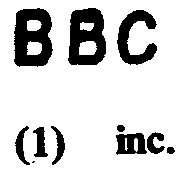
Bennington Potteries (threadless styles circa 1850's)
B & O: Baltimore & Ohio Railroad

C.C.V.F.: Unknown meaning on insulators found in Florida.

Cent mark

Central: Unknown meaning on certain Thomas insulators.
CENTRAL
incuse
C. F. Co. (unattributed)
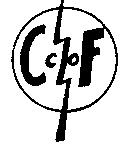
A. B. Chance Co. (1959-1994)
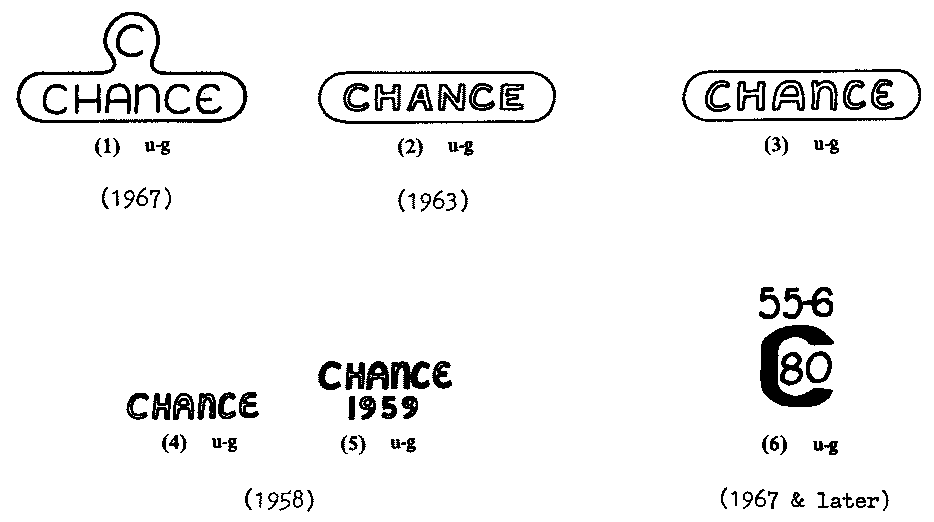
C.N.R.: Canadian Northern Railway
Cook Porcelain Insulator Corp. (circa early 1920's to circa 1930)

Cooke Wilson E. S. Co.: Jobber of electrical supplies. Dry process mine insulators with this marking, U-98, were possibly made by American Porcelain Co. (1914-1932).
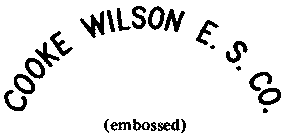
Cooper Power Systems The "99335" may be a catalog number. The "55-4" is the ANSI style.
CPS 5
99335
55-4
C.P.R.: Canadian Pacific Railway Co.
C. P. R.
incuse
CTS and CTS Made in Canada: Chicago Telephone Supply Co.
Delta-Star Electric Co.: H. K. Porter Co. purchased the old Thomas plant in Lisbon, OH (1957-1963)
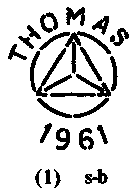
Electric Porcelain & Mfg. Co.: Their insulators have an under-glaze ink marking with Fred Locke's name and patents. They made insulators for him from late 1897 until about 1900. For Fred Locke markings, click on this link: Markings
Federal Porcelain Co. (1917-1927)
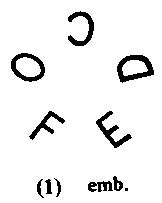
Findlay Electrical Porcelain Co. (1911-1927)

Franklin Porcelain Co. (circa early 1920's to circa 1929)
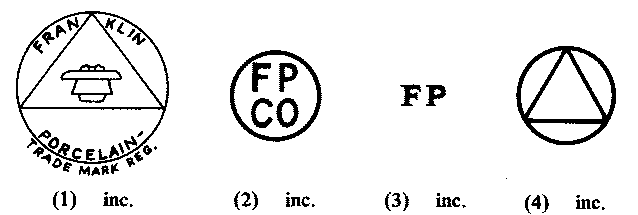
Fred Locke: Locke Insulator Mfg. Co. prior to 1905. He began buying porcelain insulators in 1894 from Thomas, in 1896 from Imperial, and in 1897 from E. P. & M. Co. He began making is own porcelain insulators in 1898 until his retirement in Dec. 1904. For Fred Locke markings, click on this link: Markings
G: Unknown meaning. Insulators may have been made by Illinois Electric Porcelain Co.

General Electric Co. (U-701, U-744, and U-935A made circa 1895) Markings below were used 1968-1971 when GE had ownership of the old Locke factory in Victor, NY.
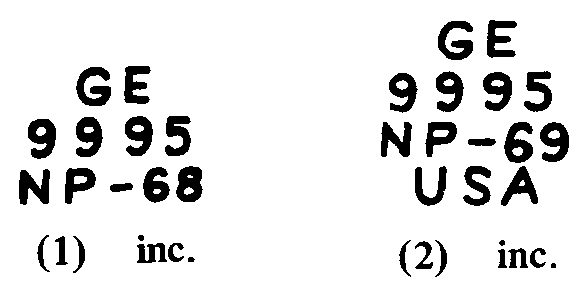
GK: Unknown meaning.

Gladding Ceramic Insulator Co. Inc. (1964-circa 1980's)
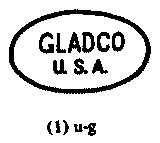
GLEN: Glen Electric Co. (circa 1901-1904)

Gould Inc.: Gould, Inc. (1976-1981)

General Porcelain Co. (1913-1927)

G. T. P.: Grand Trunk Pacific Telegraph Co. (Canadian)
Harloe's Patent: U-184
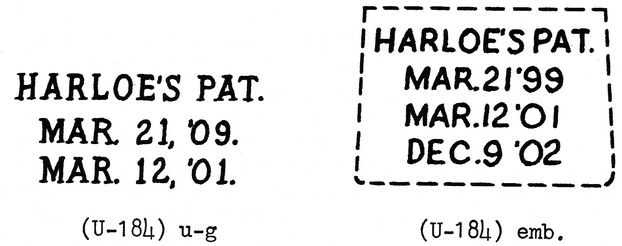
Hartford Faience Co. (1925-1947)

I.E.P.: Marking used by Illinois McGraw Electric Porcelain Co. (1954-1957) and after a merger changed the name to Illinois Edison Co. (1957-1958).

Illinois Electric Porcelain Co. (1910-1953)
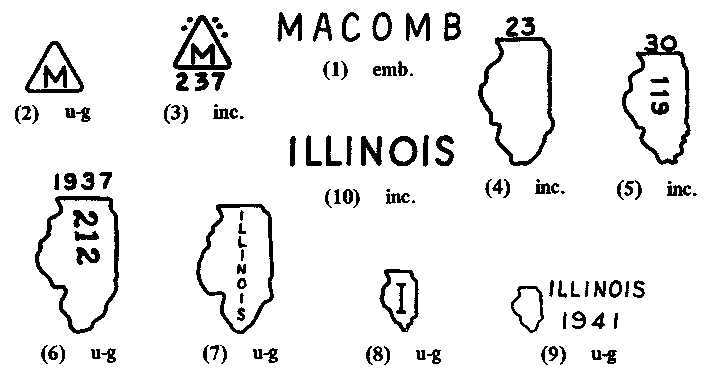
Imperial Porcelain Works (pin-type insulators: 1893-1907)

I-T-E Imperial Corp. (1953-1977)
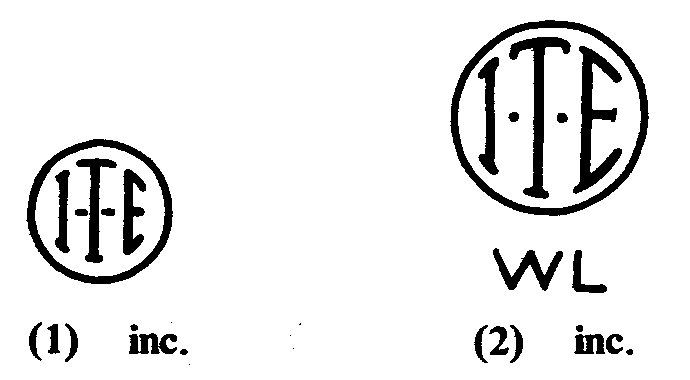
Jeffery-Dewitt Insulator Co. (1915-1951)
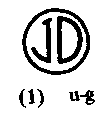
Johns-Manville: Jobber of electrical supplies.

Knox Porcelain Corp. (1923-1975)

Lapp Insulator Co. (1916-circa 1980's)
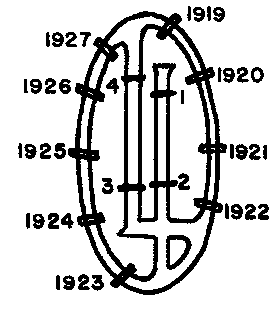
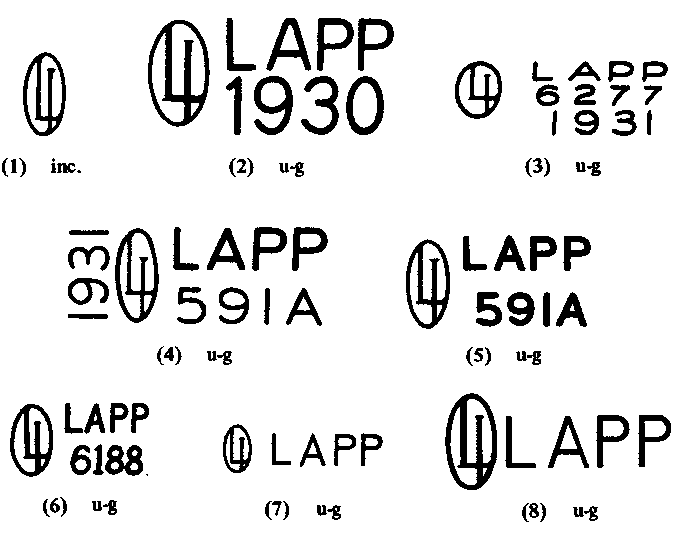
Lima Insulator Co. (1904-1908)
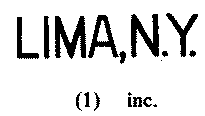 Lima 32 Lima 36
Lima 32 Lima 36
Line Material Co. (1958-1967)

Locke Insulator Mfg. Co. (1902-1921); Locke Insulator Corp. (1921-1948); and Locke, Inc. (pin-types: 1948-1971)
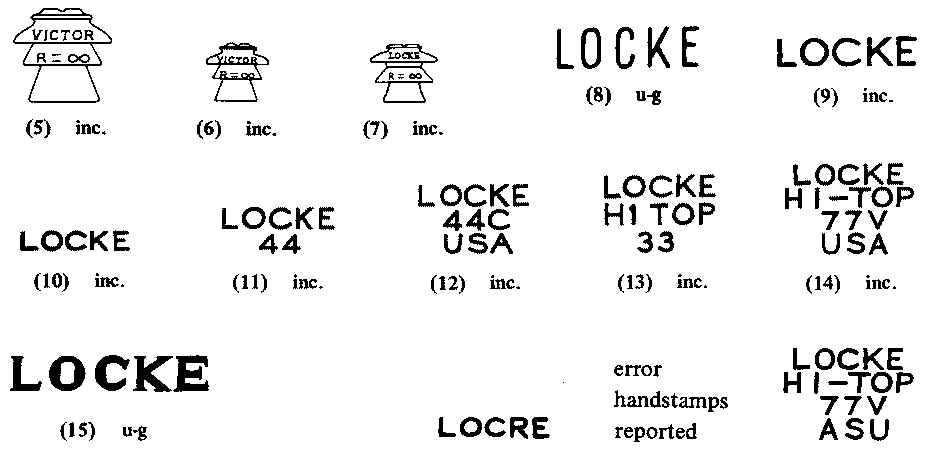
Various incuse markings:
.LOCKE. LOOKE LOCRE 77
Locke R=∞ (see Locke): Marking (shown inside outline of an insulator) used by Locke Insulator Mfg. Co. (1922-1928).
Macomb: Marking on dry process insulators made by Illinois Electric Porcelain Co. (1910-1918)

Macy Insulator Macy Ind: Unknown meaning on U-124 insulators found near Macy, IN.
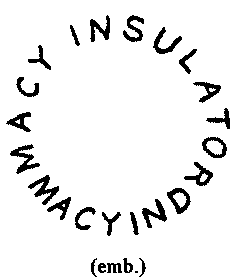
McGraw Edison Co. (1967- present; purchased by Cooper Power Systems in 1985 which still uses a different u-g ink ME marking.)

Mershon Type: Ralph Mershon patent No. 605,256 dated June 7, 1898. The marking is found on U-945 made by R. Thomas & Sons Co.
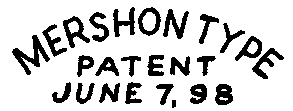
M & H: Manwaring-Hessel 1915 patent on U-189A.
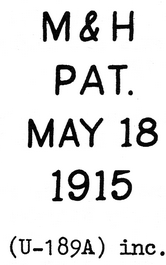
MP: Missouri Pacific Railroad or Missouri Pacific Telegraph Co.

N.A.T.CO.: North American Telegraph Co.

N.E.P.: Maybe New England Power Co.

New Lexington High Voltage Porcelain Co. (1903-1912)

NGK: NGK-Locke (circa 1980's)
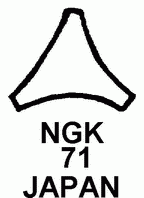
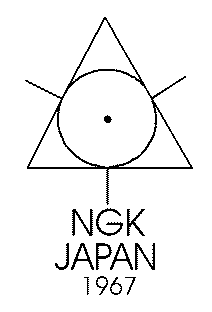
Ohio Brass Co. (marked own production: 1908-circa 1980's)
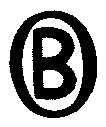
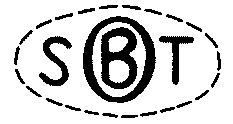


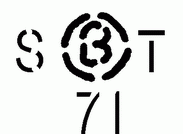
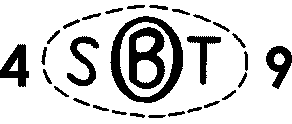
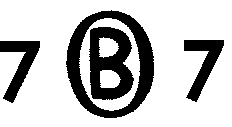

O. P. Co.: Ohio Porcelain Co. (circa 1910-1913)
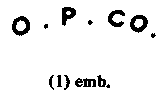
Pass & Seymour Inc. (pin-types: circa 1892-1895)
P & S
embossed
Peirce Patent: U-189
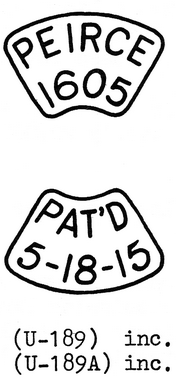
Peru Electric Mfg. Co. (only known pin-type style, U-928B: circa 1899)
PERU
embossed or incuse
Pierce Patent: U-187
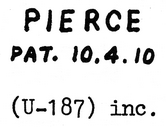
Pinco: Porcelain Insulator Corp. (1921-1987; last two years marking used by Industrial Ceramics)
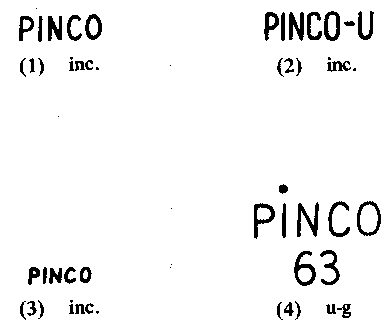
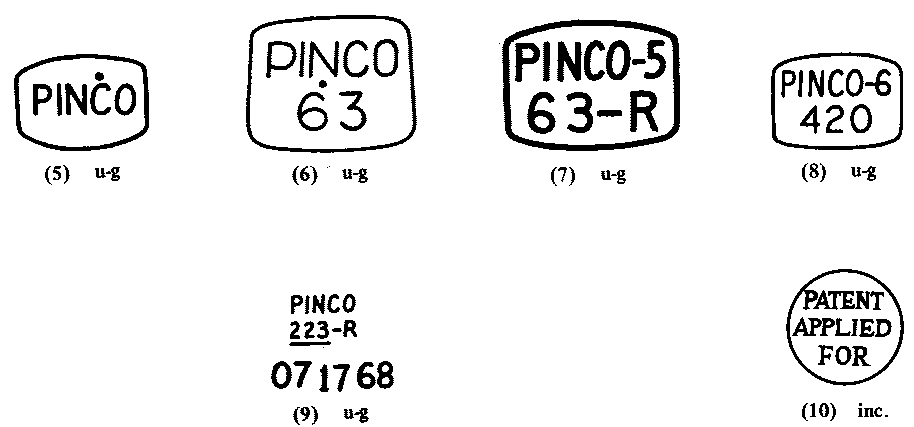
Pittsburg High Voltage Co. (1908-1921)

Porcelain Products Co. (1963-present; no distinction was made for this later company in the Value Guide listing. All insulators for the older and newer companies are shown as P. P. Inc.)
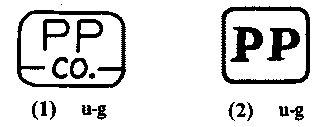
Porcelain Products Inc. (1927-1958; see P. P. Co. above)
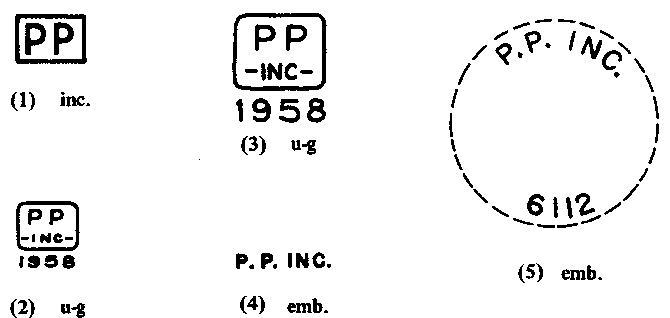
POSTAL: Postal Telegraph Co.

P.R.R.: Pennsylvania Railroad

Purkey Patent: U-186
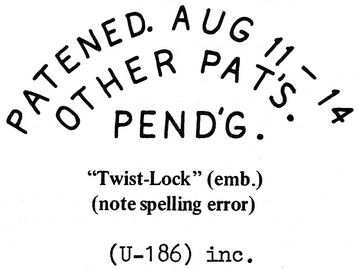
Ranson Patent: U-183
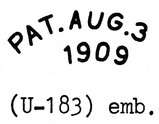
Slusser Patent: U-185
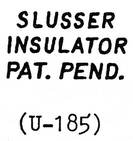
SOO: Soo Line Railroad

Square D Co. (1925-1951)
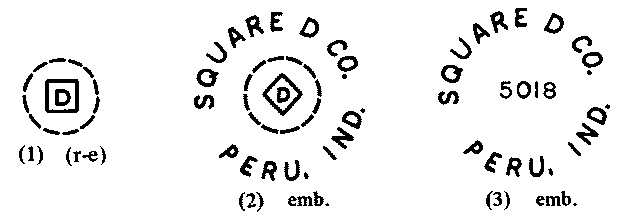
R. Thomas & Sons Co. (pin-types: circa 1892-1957)
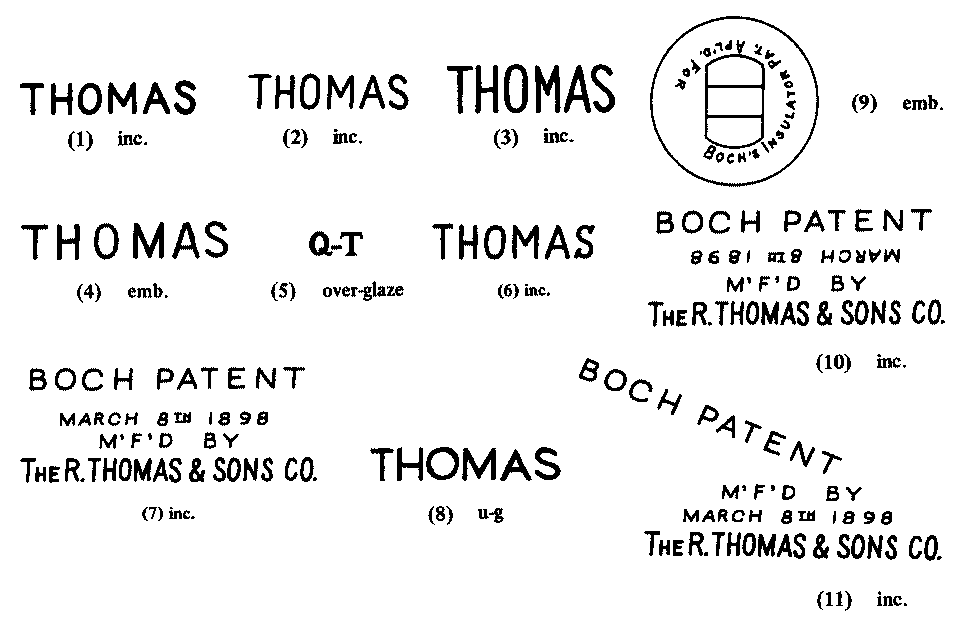
![]()

R. Thomas & Sons Co. (Odd markings)
![]()
![]()

![]()


B131 B141 B155 B166
Triangle M: Marking (M inside a triangle) used on insulators made by Illinois Electric Porcelain Co. from 1915-1927.
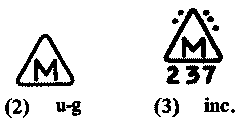
Victor: Marking used by Fred Locke (1900-1904) and Locke Insulator Mfg. Co. (1902-1928).
VICTOR
incuse
Victor Insulators Inc. (1935-1953 and 1984-present)



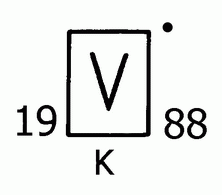
Victor R=∞ (see Locke): Marking (shown inside outline of an insulator) used by Locke Insulator Mfg. Co. (1908-1922). The larger size insulator logo marking was used first. The smaller size insulator logo marking replaced the larger logo marking sometime in the late 1910's.
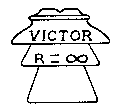

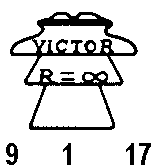
Westinghouse Electric Corp. (1921-1953)
